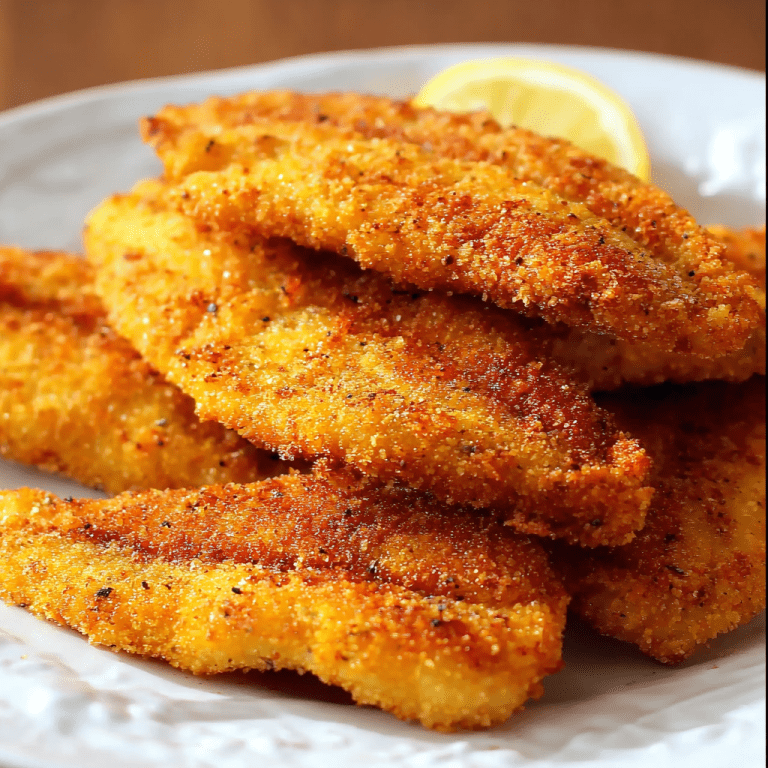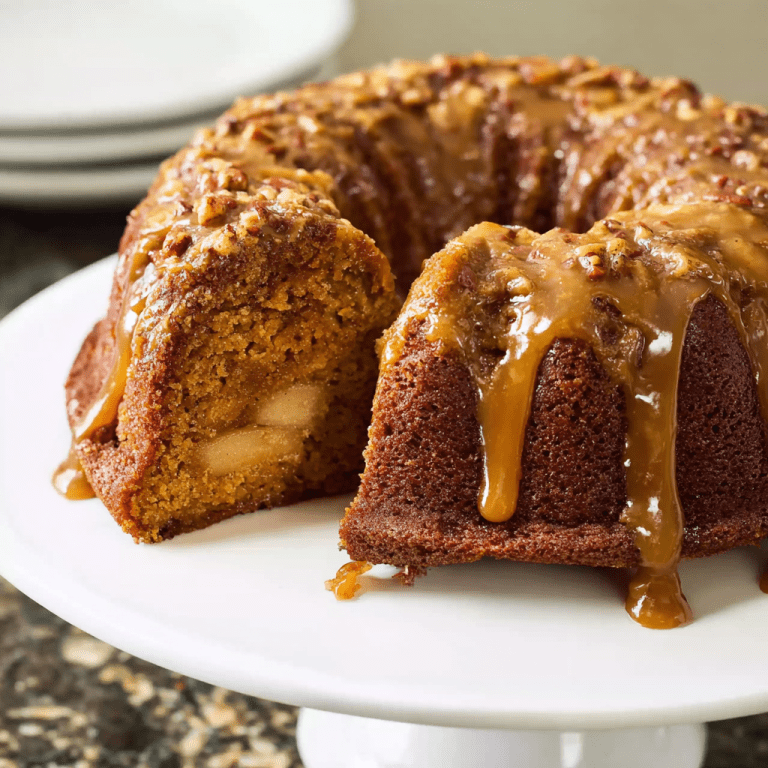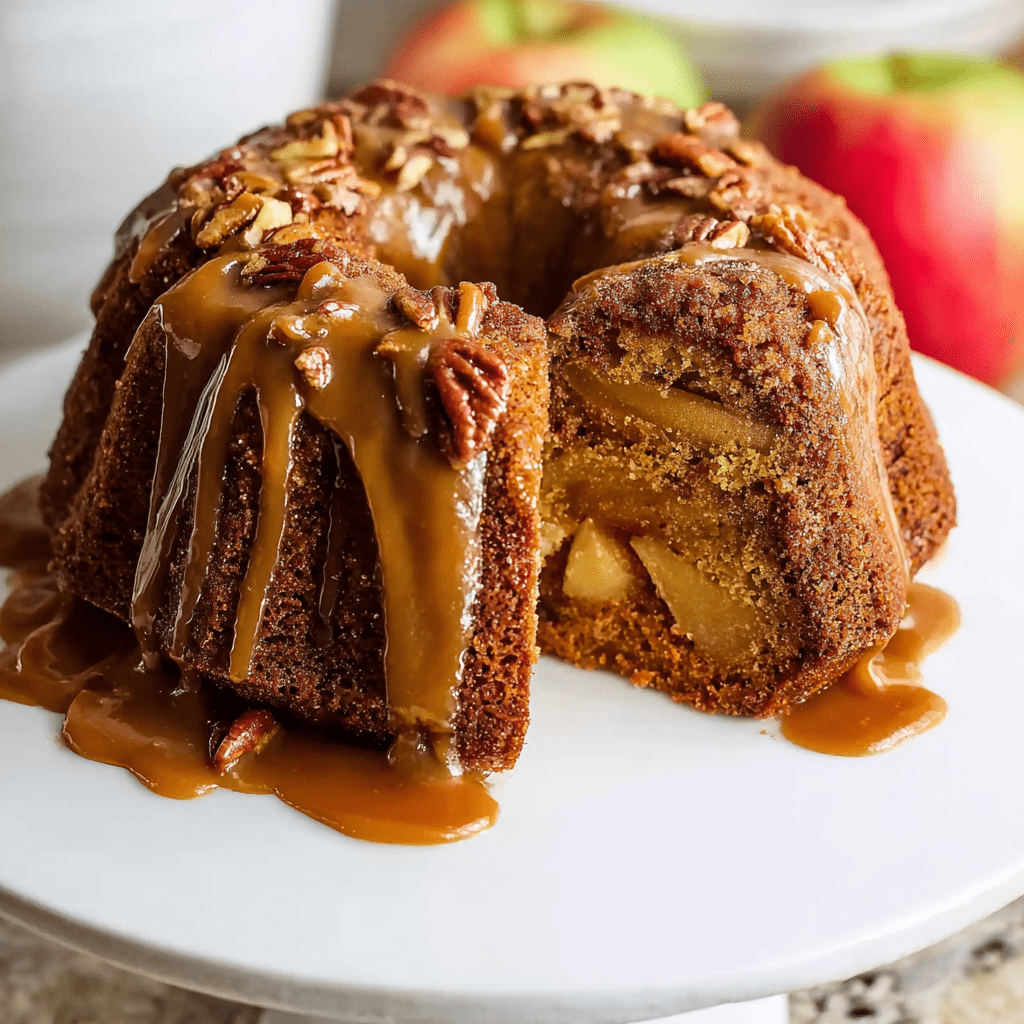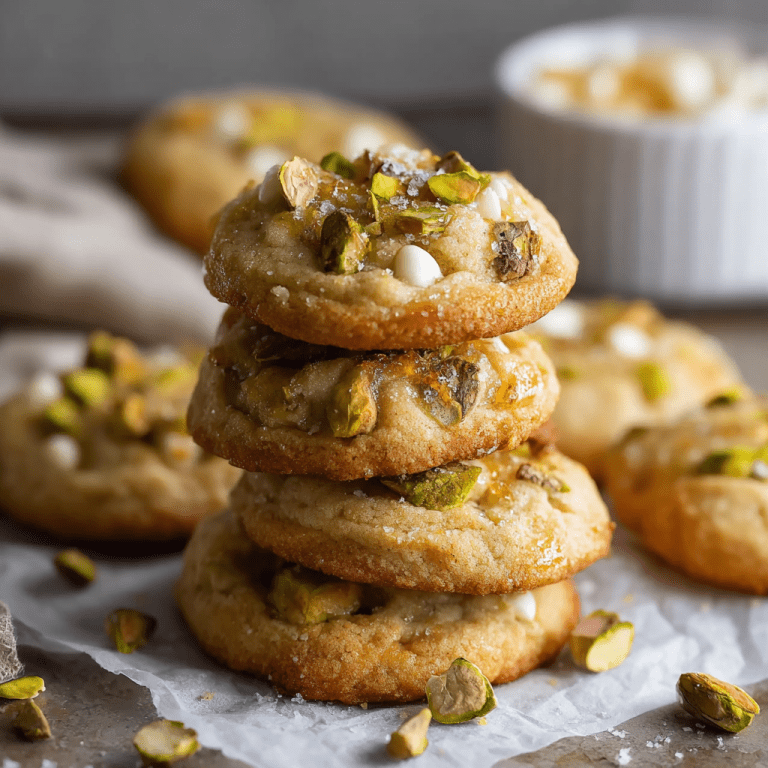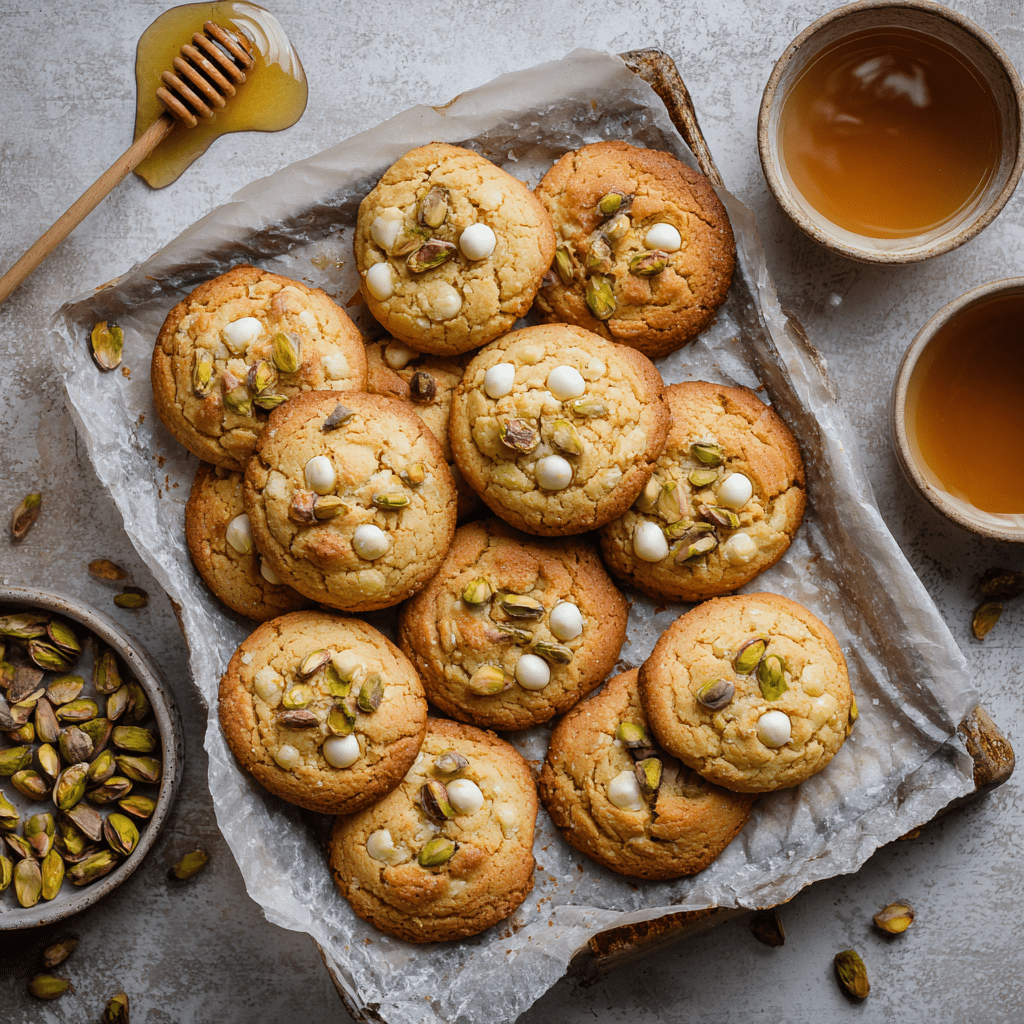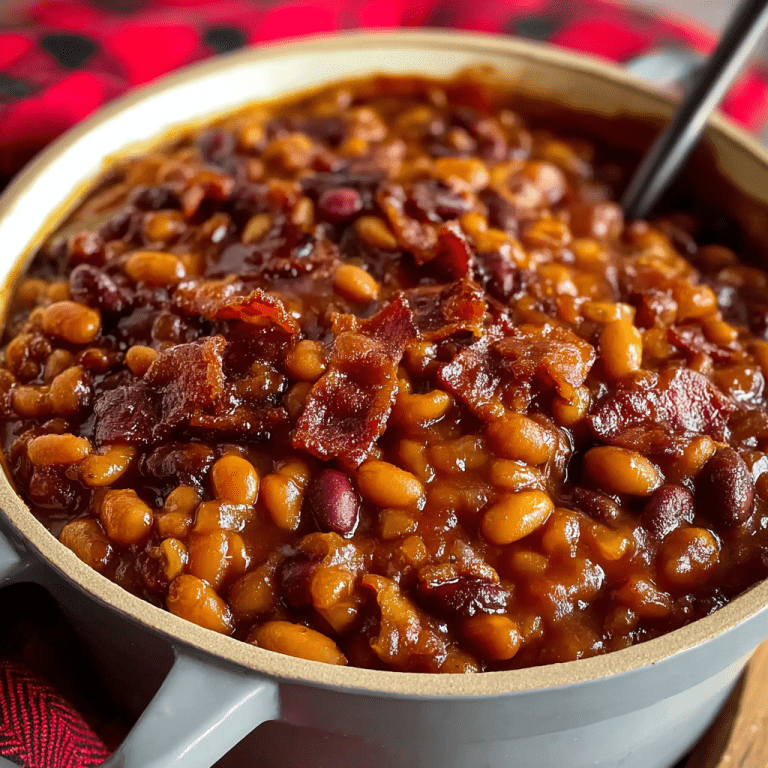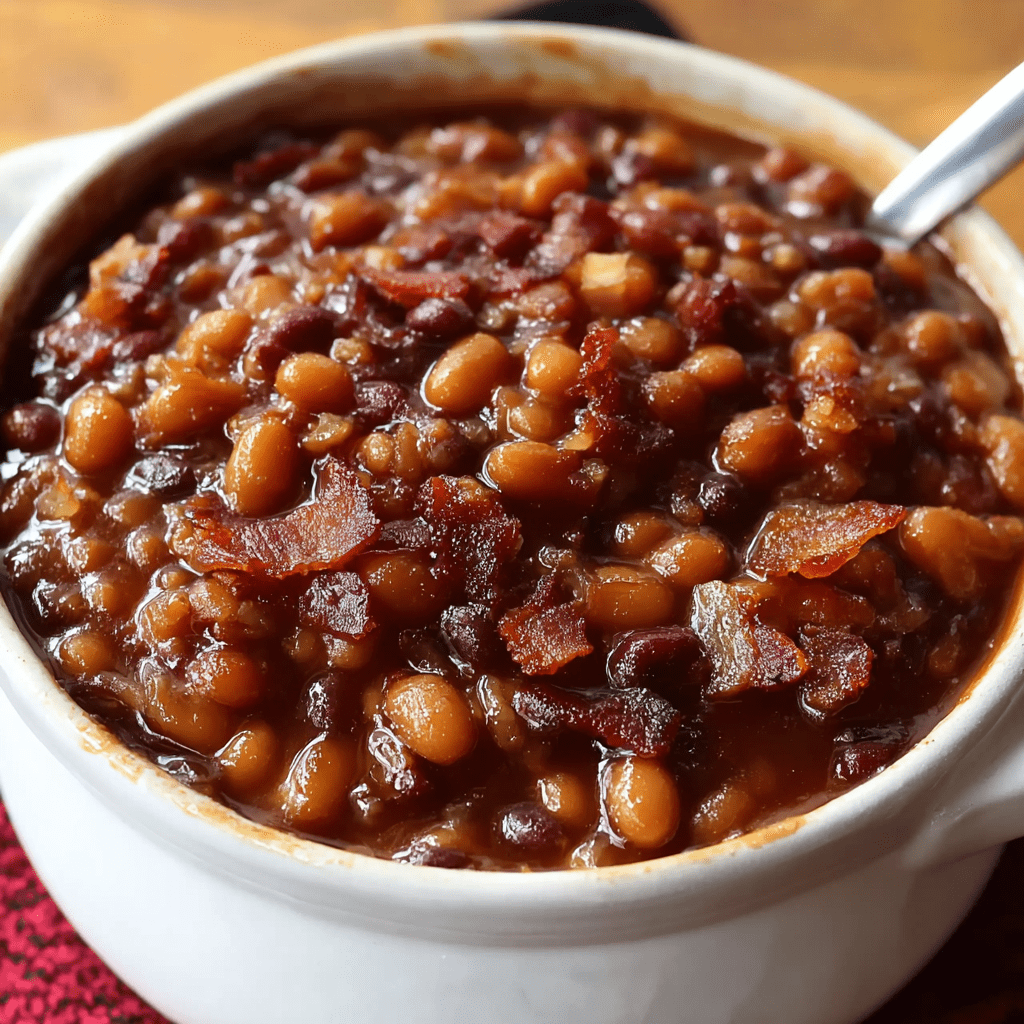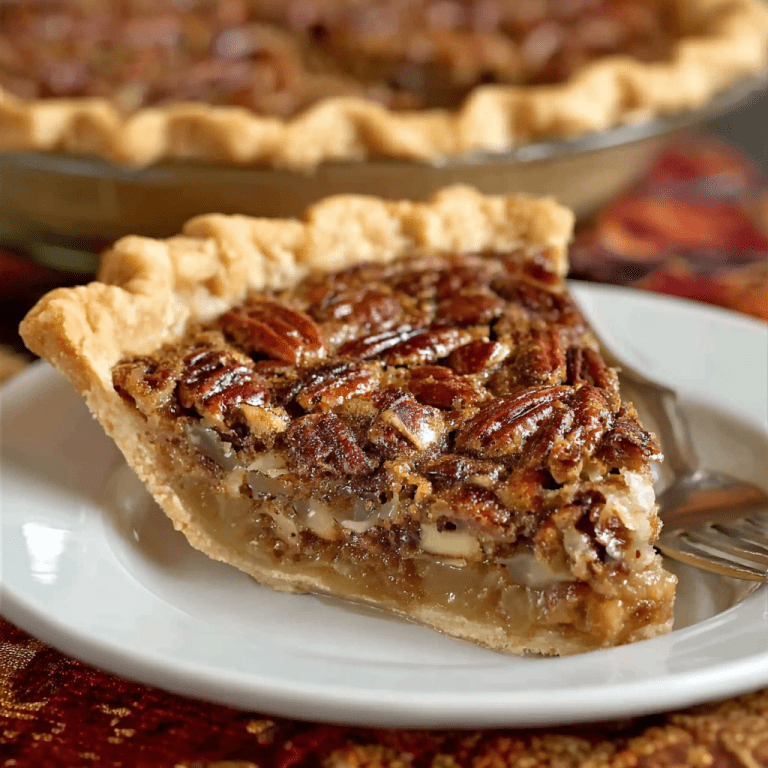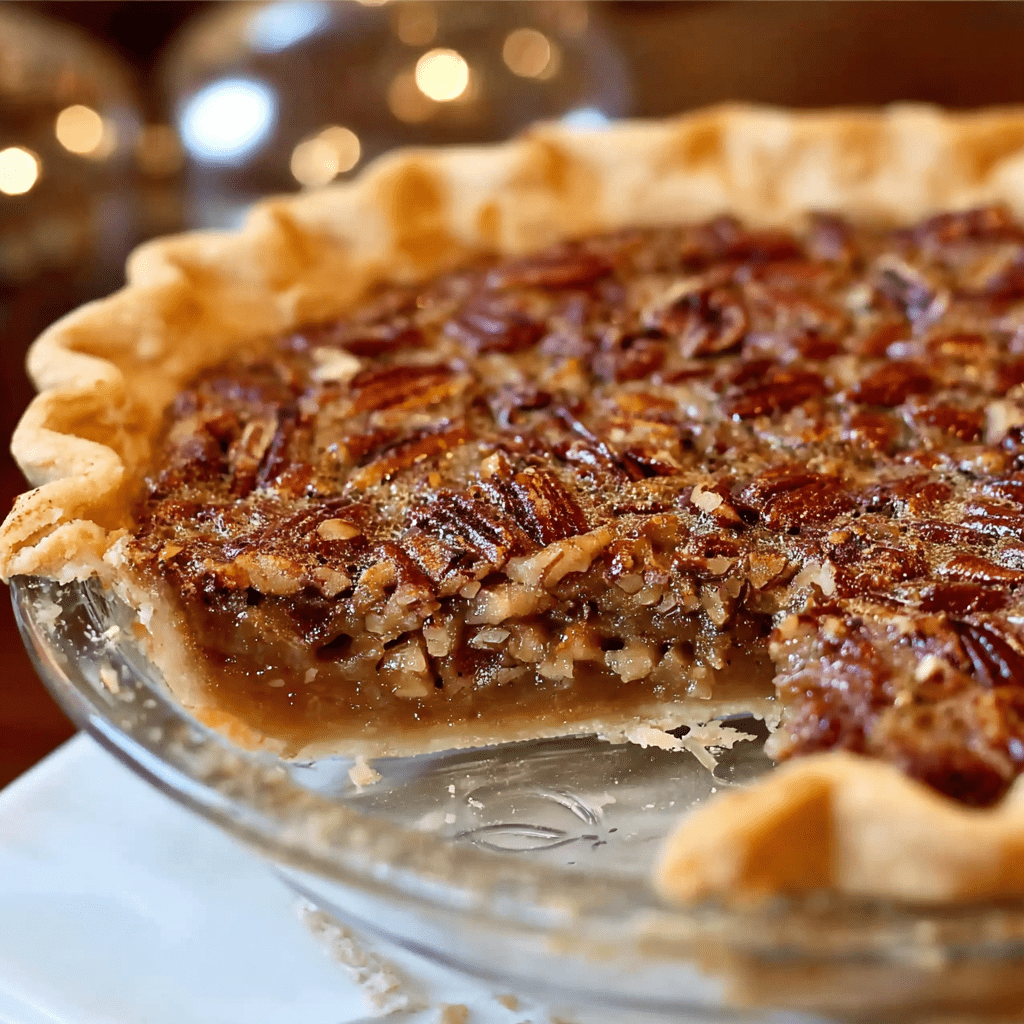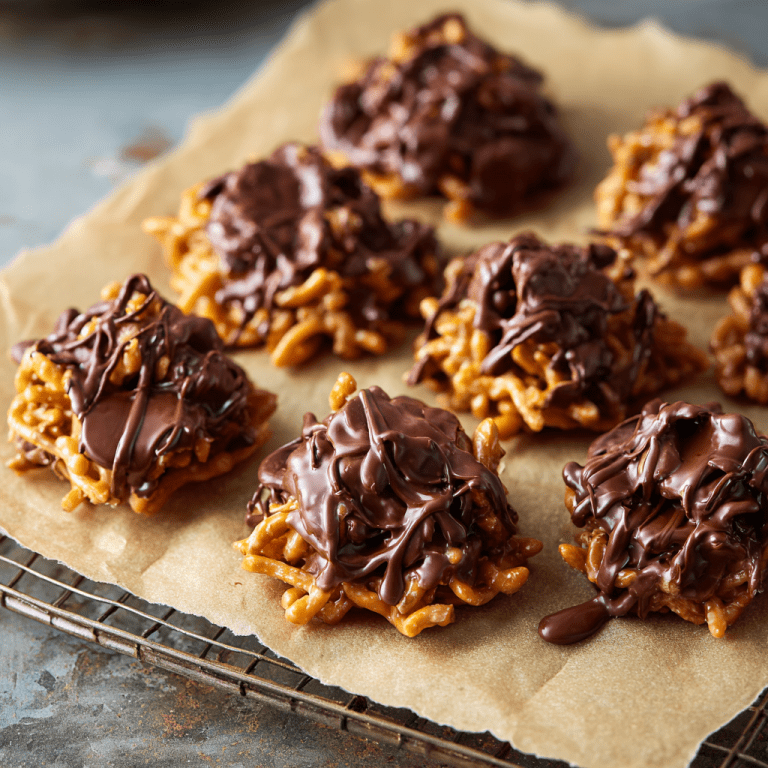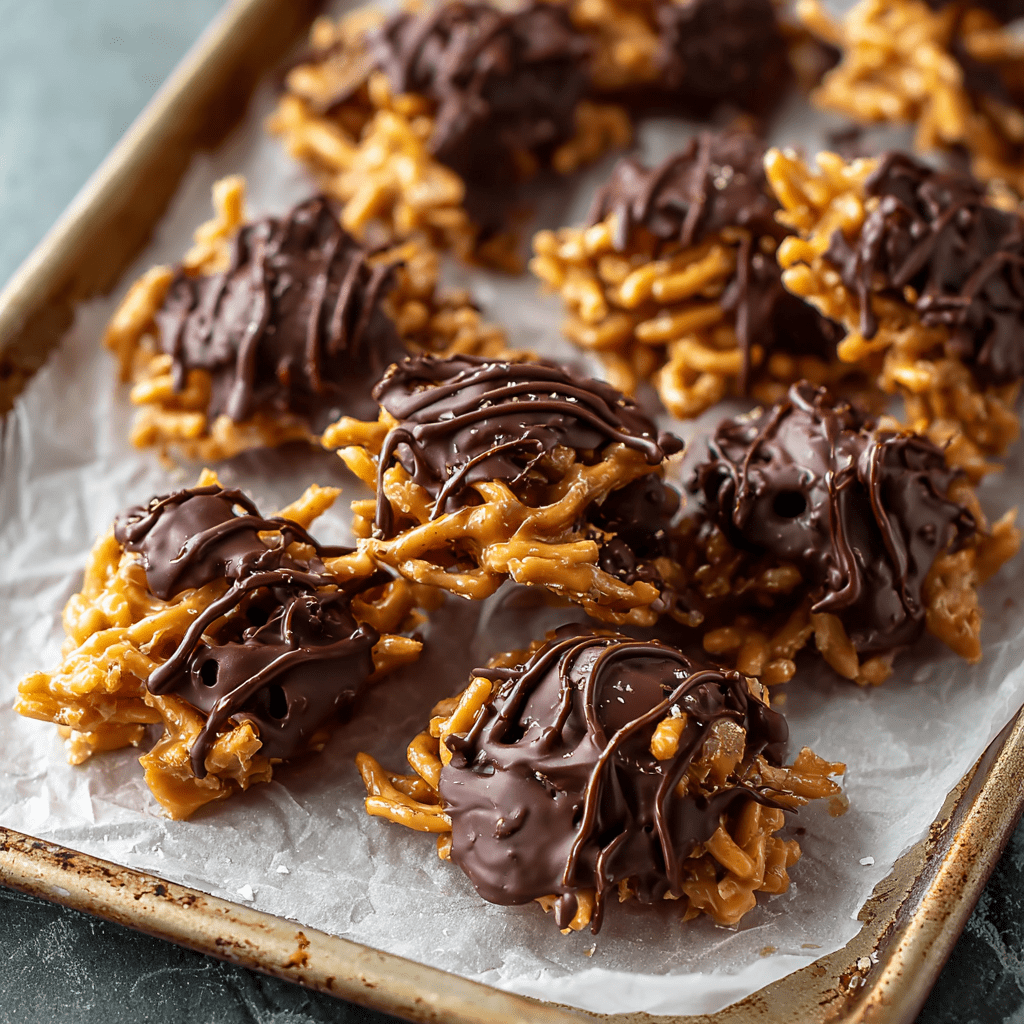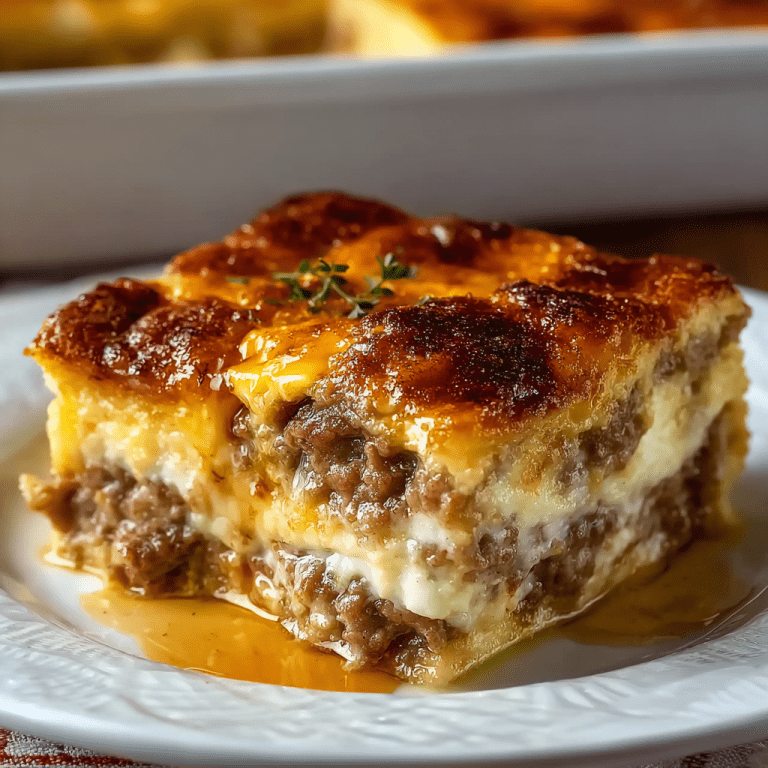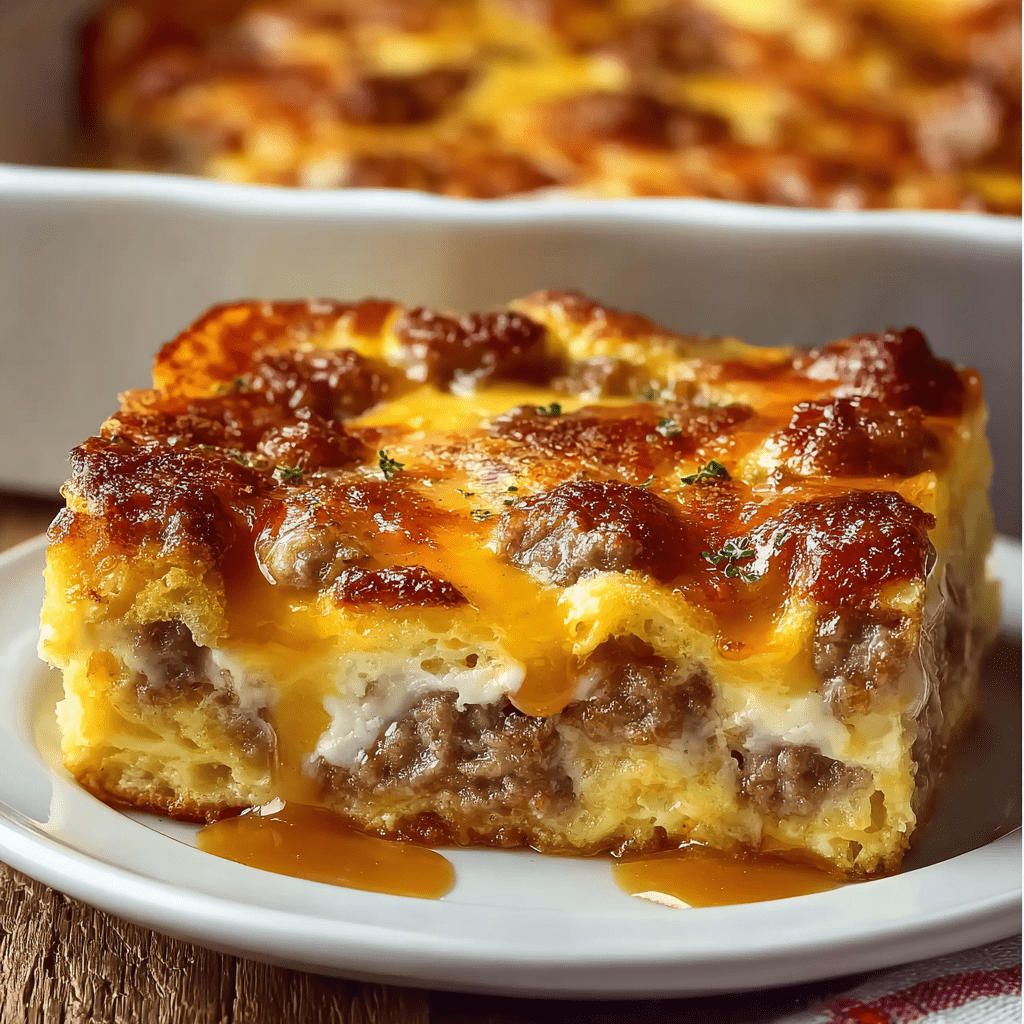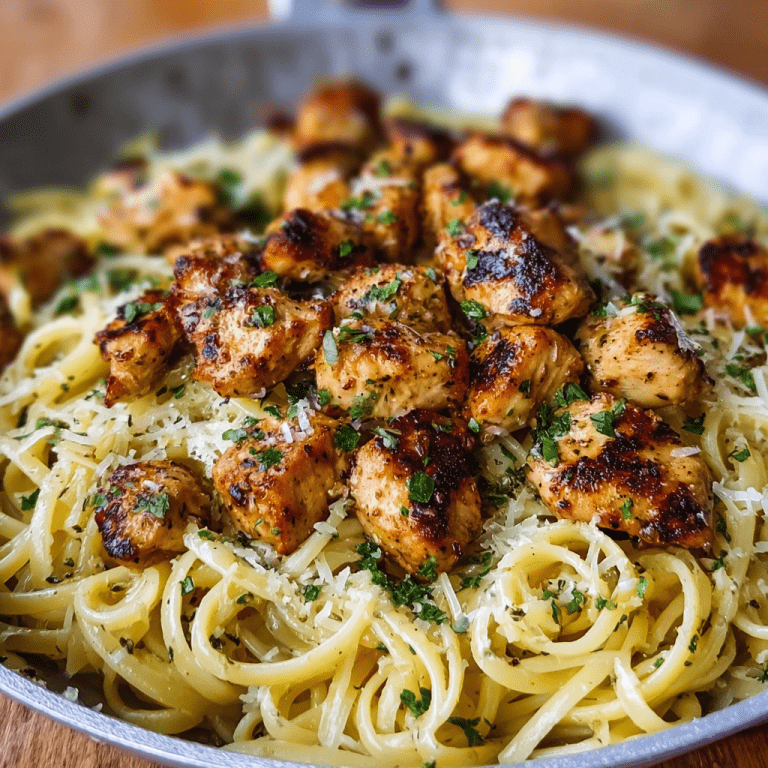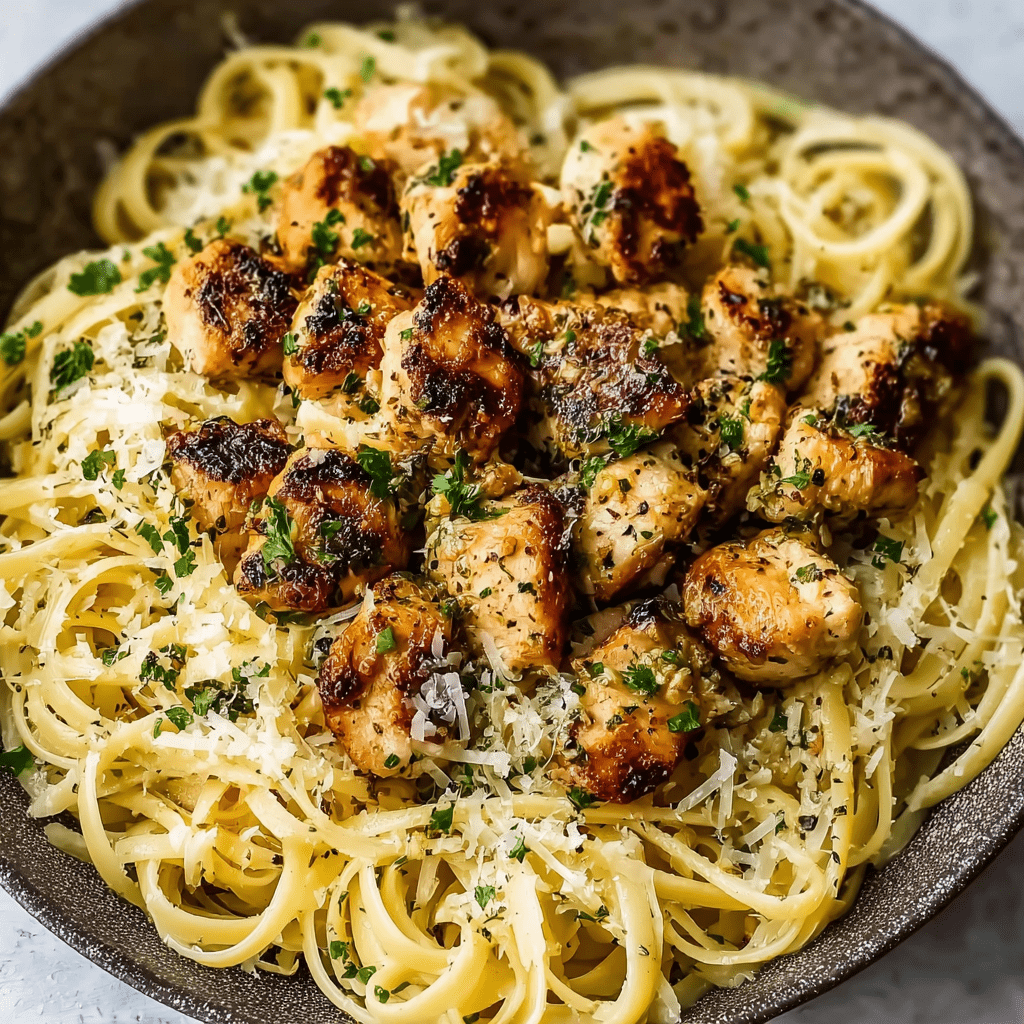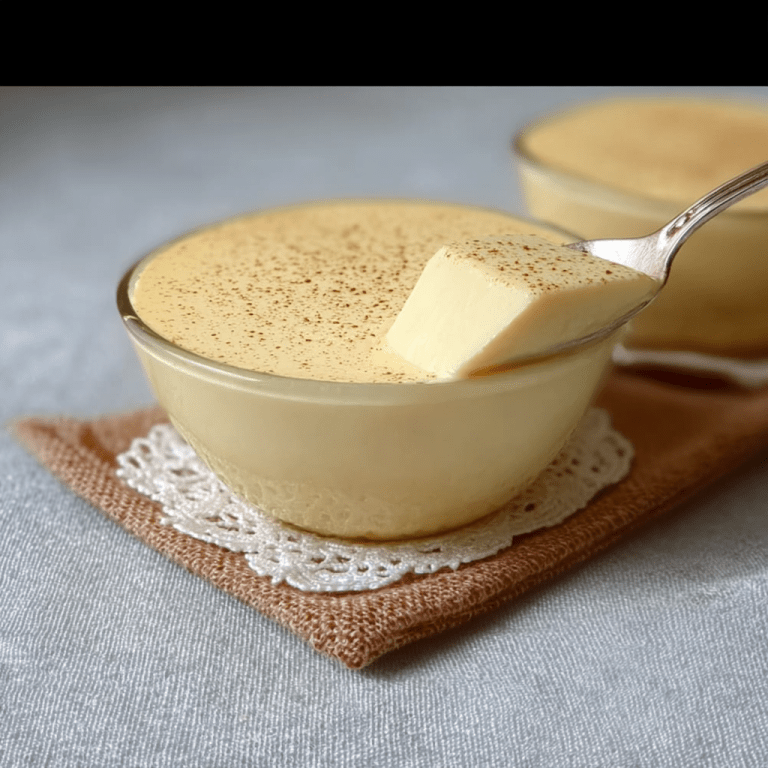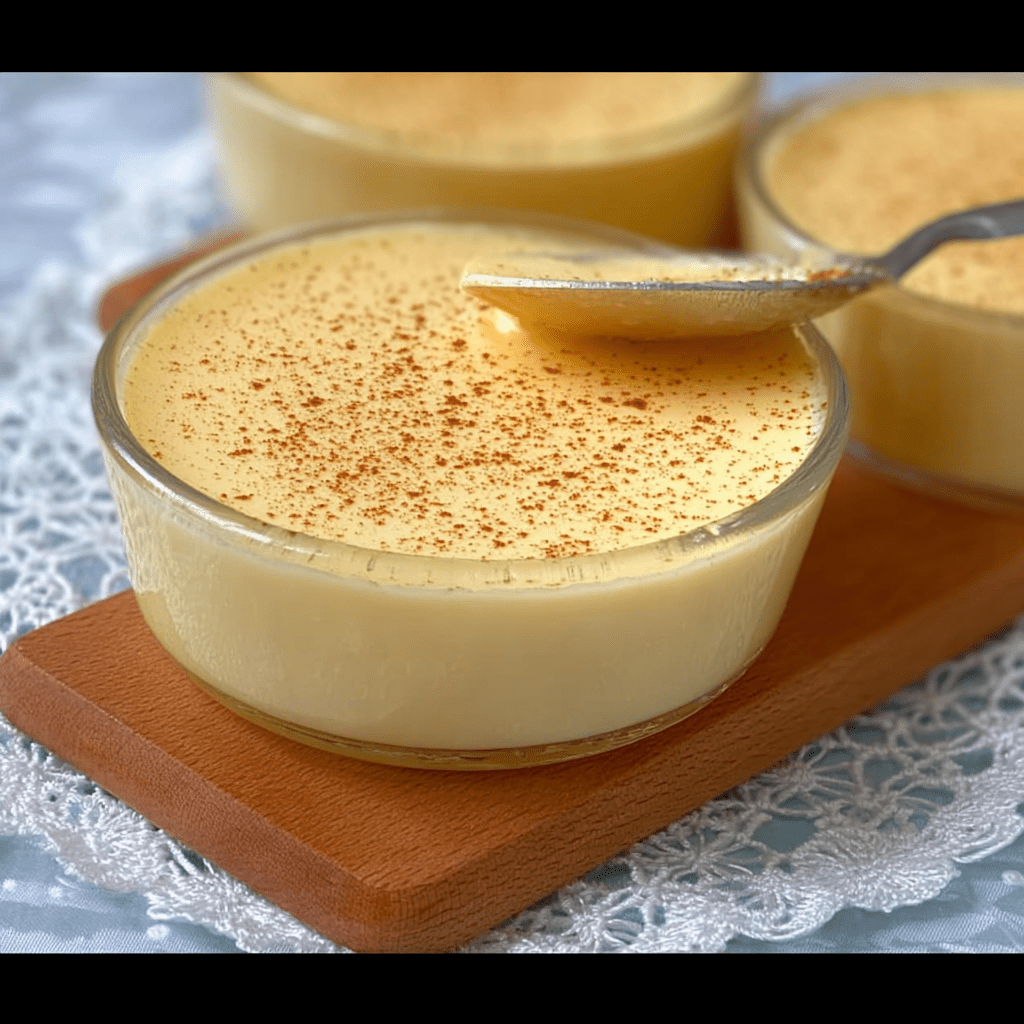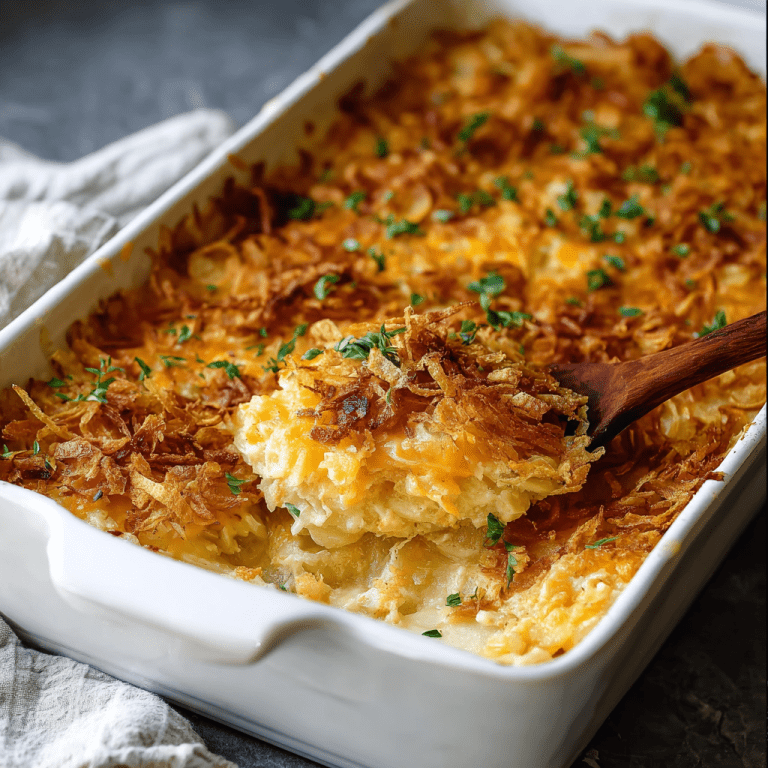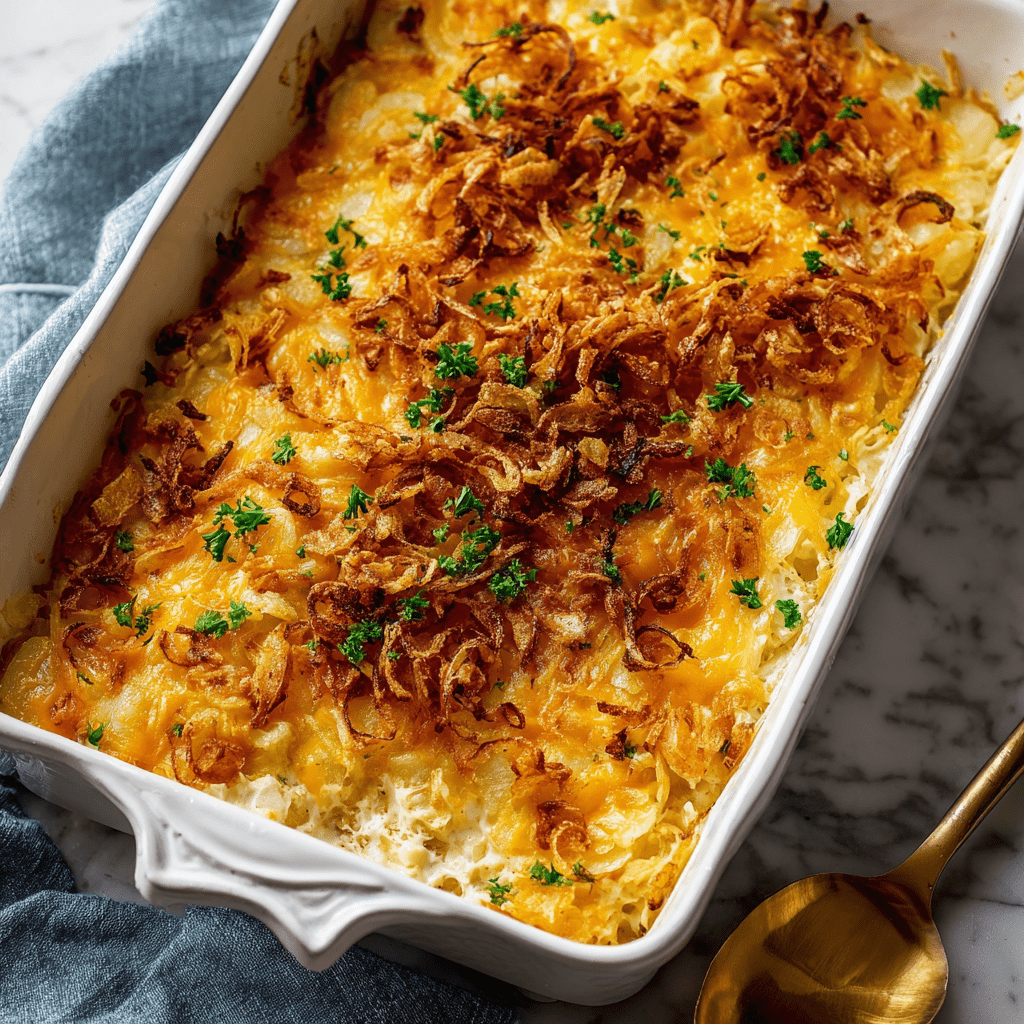A Classic Southern Fish Fry is a cherished tradition, a celebration of simple ingredients transformed into something truly spectacular through technique and soul. This recipe focuses on catfish, the quintessential Southern fish, prized for its mild, sweet flavor and firm texture that holds up perfectly to frying. The process is a ritual: a soak in tangy buttermilk tenderizes the fish and provides a sticky base, followed by a dredge in a meticulously seasoned coating of cornmeal and flour. This combination is the secret to the ideal fry—a shatteringly crisp, golden-brown crust that gives way to flaky, moist, and perfectly cooked fish beneath. Fried in hot oil until puffed and glorious, and served with a simple wedge of lemon, this dish is the heart of a backyard gathering, a Friday night supper, or any occasion that calls for genuine, down-home comfort food.
The magic of this recipe lies in the balance of its coating and the precision of the fry. The cornmeal provides the essential gritty crunch that is signature to Southern frying, while the flour helps create a cohesive, even layer that adheres beautifully. The blend of paprika, garlic, and onion powder builds a savory foundation, and the touch of cayenne pepper adds a subtle, warm heat that lingers pleasantly. The key to success is maintaining the correct oil temperature—hot enough to immediately sizzle and seal the crust, preventing greasiness, but not so hot that it burns before the fish is cooked through. This method yields fish that is never oily, always crispy, and bursting with flavor. It’s a foolproof path to achieving that iconic, crave-worthy texture and taste that defines a perfect Southern fish fry.
Why You’ll Love This Recipe:
• Iconic Crispy Texture: The cornmeal coating fries up to an incredibly light and crunchy crust that is the hallmark of great Southern fried catfish.
• Perfectly Seasoned: A simple but powerful spice blend ensures every bite is packed with flavor, enhancing the natural sweetness of the fish.
• Foolproof Frying Technique: Clear instructions for temperature and timing guarantee crispy, non-greasy results every time.
• The Ultimate Comfort Food: This dish is simple, satisfying, and evokes a sense of community and celebration.
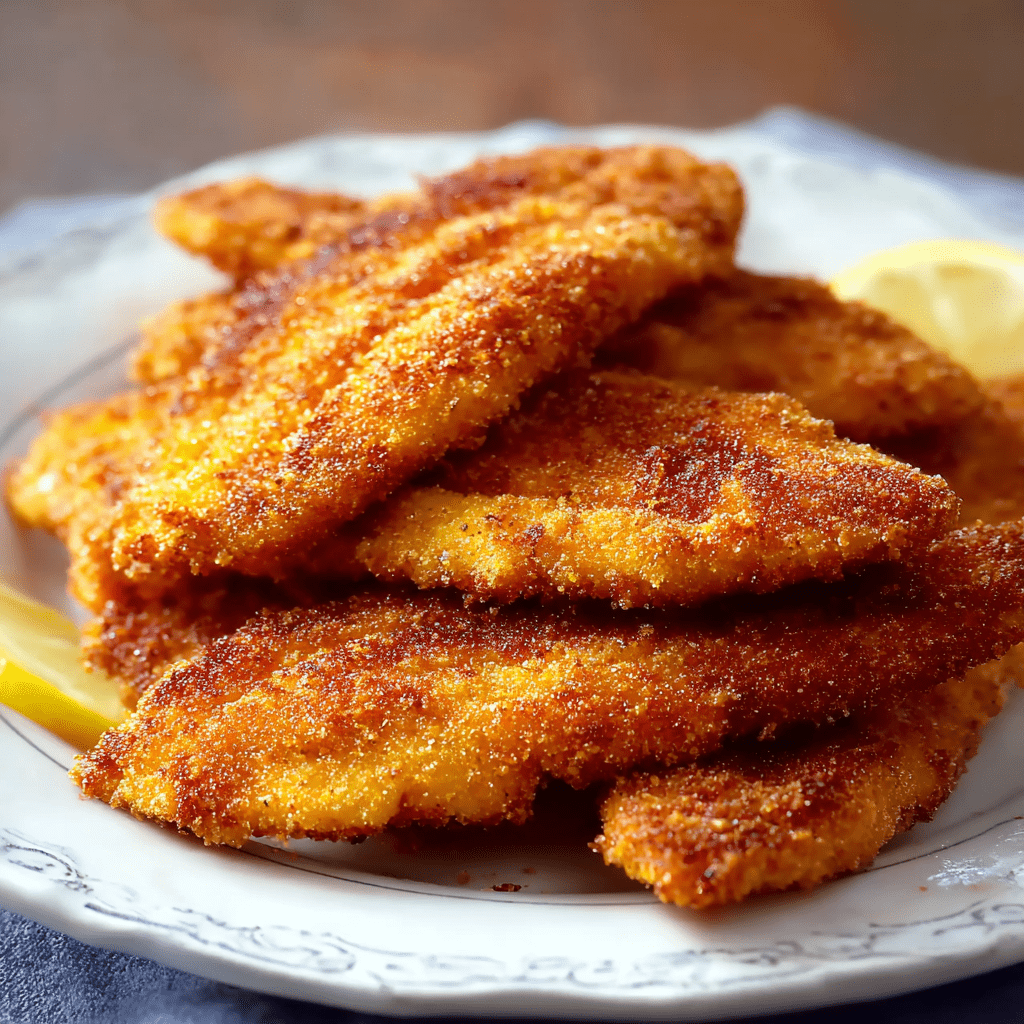
Ingredients:
- 4 fresh catfish fillets (about 6-8 ounces each)
- 1 cup buttermilk
- 1 cup yellow cornmeal
- 1/2 cup all-purpose flour
- 1 teaspoon paprika (smoked paprika adds a great depth)
- 1 teaspoon garlic powder
- 1 teaspoon onion powder
- 1/2 teaspoon cayenne pepper (adjust to taste)
- Salt and freshly ground black pepper, to taste
- Vegetable oil, peanut oil, or canola oil (for frying)
- Lemon wedges, for serving
- Hot sauce, for serving (optional)
Instructions:
Step 1: Prepare the Fish
• Pat the catfish fillets completely dry with paper towels. This is crucial for the coating to stick. Season both sides of the fillets lightly with salt and black pepper.
Step 2: Soak in Buttermilk
• Pour the buttermilk into a shallow dish large enough to hold the fillets in a single layer. Place the seasoned catfish fillets in the buttermilk, ensuring they are fully submerged. Let them soak for at least 10 minutes (or up to 30 minutes) in the refrigerator. This step tenderizes the fish and helps the coating adhere.
Step 3: Create the Dredging Mixture
• In another shallow dish (like a pie plate), whisk together the cornmeal, flour, paprika, garlic powder, onion powder, cayenne pepper, and a generous pinch of salt and black pepper.
Step 4: Dredge the Fish
• Remove one fillet from the buttermilk, allowing the excess to drip off. Dredge it in the cornmeal mixture, pressing gently to ensure an even, thorough coating on all sides. Place the coated fillet on a wire rack set over a baking sheet. Repeat with the remaining fillets. Letting them rest on the rack for 5-10 minutes helps the coating set.
Step 5: Heat the Oil
• Pour oil into a large, heavy-bottomed skillet (cast iron is ideal) to a depth of about 1 inch. Heat the oil over medium-high heat until it reaches 350°F (175°C). Use a deep-fry or candy thermometer for accuracy. The oil is ready when a pinch of the dredging mixture sizzles immediately upon contact.
Step 6: Fry the Fish
• Carefully place two fillets in the hot oil, being careful not to overcrowd the pan. Fry for 3-4 minutes on the first side, until the crust is deep golden brown.
• Using a wide, slotted spatula or fish turner, carefully flip the fillets. Fry for another 3-4 minutes on the second side, until the fish is cooked through and flakes easily with a fork.
Step 7: Drain and Keep Warm
• Transfer the fried fish to a wire rack set over a paper towel-lined baking sheet. This allows air to circulate, keeping the bottom crust crispy. Do not drain directly on paper towels alone, as this can create steam and make the bottom soggy. You can keep the finished fillets warm in a 200°F (95°C) oven while you fry the remaining batches.
Step 8: Serve Immediately
• Serve the fried catfish hot, accompanied by lemon wedges for squeezing over the top and your favorite hot sauce on the side. Classic accompaniments include coleslaw, hush puppies, and french fries.
Tips:
• Maintain Oil Temperature: This is the most important rule. Adding fish will cause the temperature to drop. Allow it to come back to 350°F before adding the next batch. If the oil is too cool, the fish will be greasy; if too hot, the coating will burn before the fish is cooked.
• Use a Thermometer: Guessing the oil temperature is the leading cause of frying failure. A simple candy thermometer is an invaluable tool.
• Don’t Crowd the Pan: Frying too many pieces at once drastically lowers the oil temperature and leads to steaming instead of frying.
• Freshness of Oil: If your oil is dark or has been used multiple times, it will impart off-flavors and not fry as crisply. Use fresh, clean oil for the best results.
Storage Options:
• Not Ideal for Storage: Fried fish is best enjoyed immediately after cooking while the crust is still crisp.
• Refrigerator: Store leftovers in an airtight container in the refrigerator for up to 2 days.
• Reheating: To recrisp the coating, reheat in an air fryer or a conventional oven at 375°F (190°C) for 5-10 minutes. The microwave will make the coating soft and soggy.
Classic Southern Fish Fry is a timeless technique that delivers unbeatable flavor and texture. It’s a celebration of simplicity that results in a truly magnificent and satisfying meal. Enjoy

